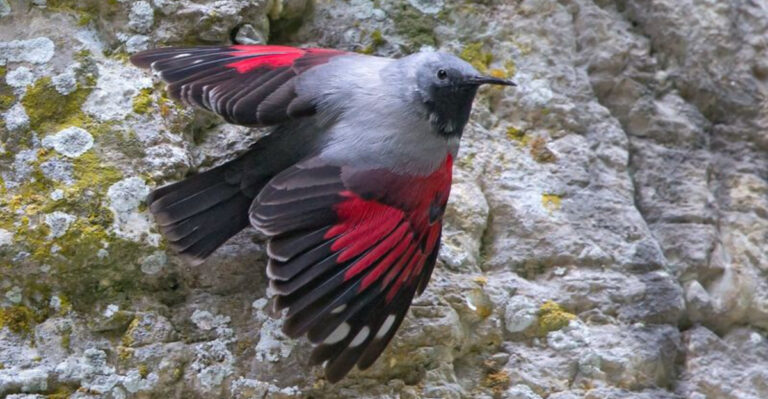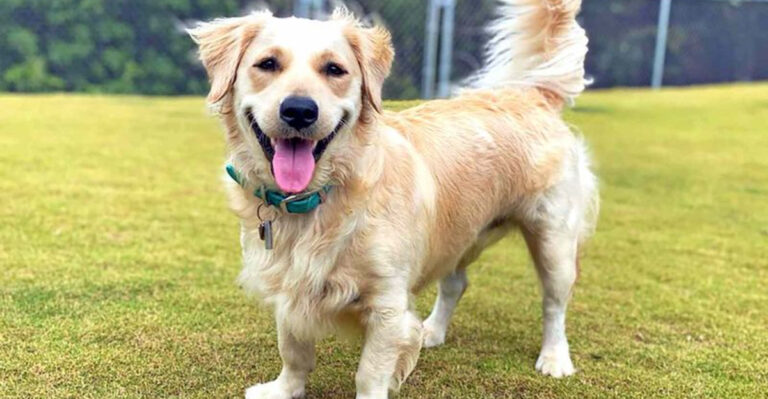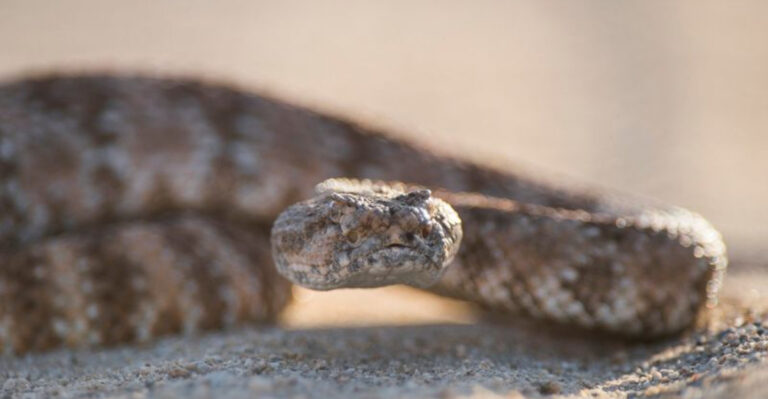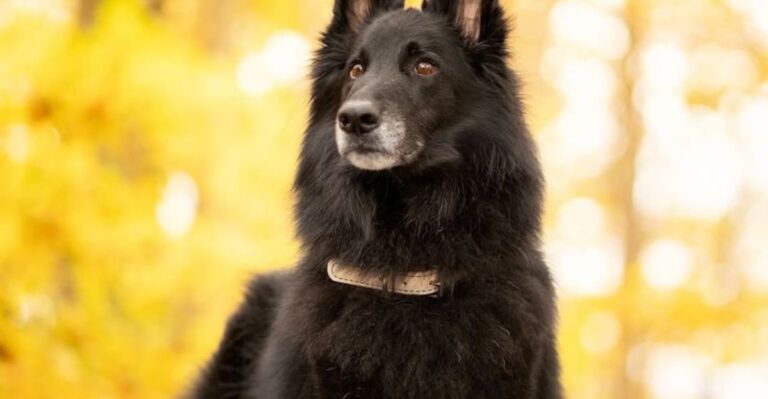17 Weird Animal Sleeping Positions And What They Mean
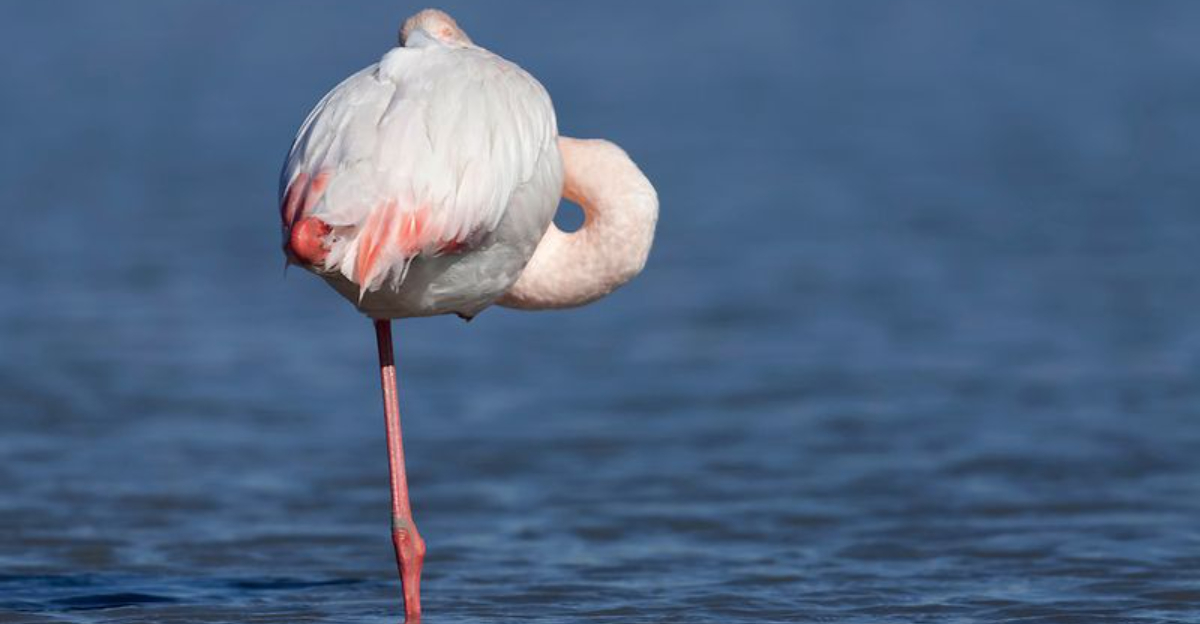
Ever seen an animal snooze in a way that makes you think twice? Animals have their own quirky sleeping styles, often reflecting fascinating survival instincts or simply unique comfort preferences. Dive into these 17 curious and amusing animal sleeping positions that reveal just how varied and enchanting the animal kingdom’s naptime truly is.
1. Bat

Imagine taking a nap while hanging upside down. Bats do just that, wrapping their wings around them like cozy blankets.
This position helps them take flight quickly if needed. In caves, it’s a secure way to avoid predators while snoozing. For bats, it’s a blend of comfort and survival, perfectly adapted to their nocturnal lifestyle.
2. Giraffe
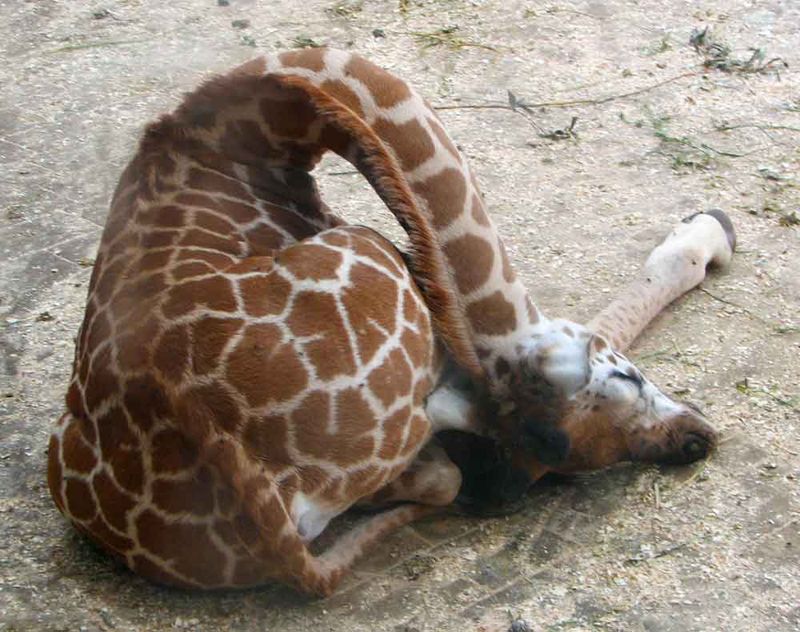
Giraffes are the masters of awkward elegance, curling their long necks back onto their bodies to catch some shut-eye. This peculiar position reduces muscle strain and helps them keep a low profile in the wild. Despite their towering height, a napping giraffe cleverly hides its presence in plain sight.
3. Sea Otter

Holding hands while napping? Sea otters float on their backs, often linking paws with friends to avoid drifting apart.
This adorable behavior is both a social bonding tool and a practical way to stay together in the vast ocean. Their sleep style is as cute as it is functional, ensuring they remain close-knit.
4. Horse

Standing tall even in slumber, horses often sleep while remaining on their feet. Their unique ability to lock their legs allows for quick escapes from threats.
Occasionally, they’ll lie down for deeper rest if feeling secure. This dual approach to sleep ensures they remain ever vigilant yet well-rested.
5. Parrot
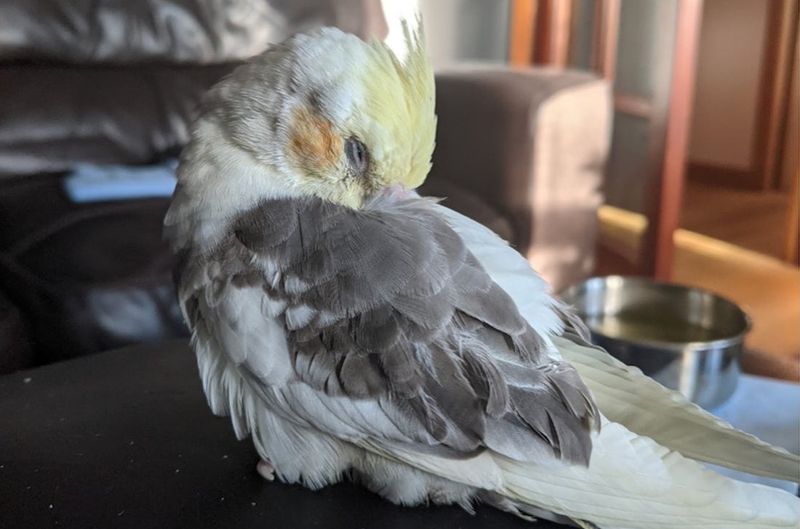
Parrots tuck their heads under their wings for a nap, resembling fluffy, feathered balls. This position keeps them warm and secure, protecting vulnerable areas from predators. In their vibrant habitats, this sleeping style is both a survival tactic and a way to preserve energy for their chatty daytime antics.
6. Lion
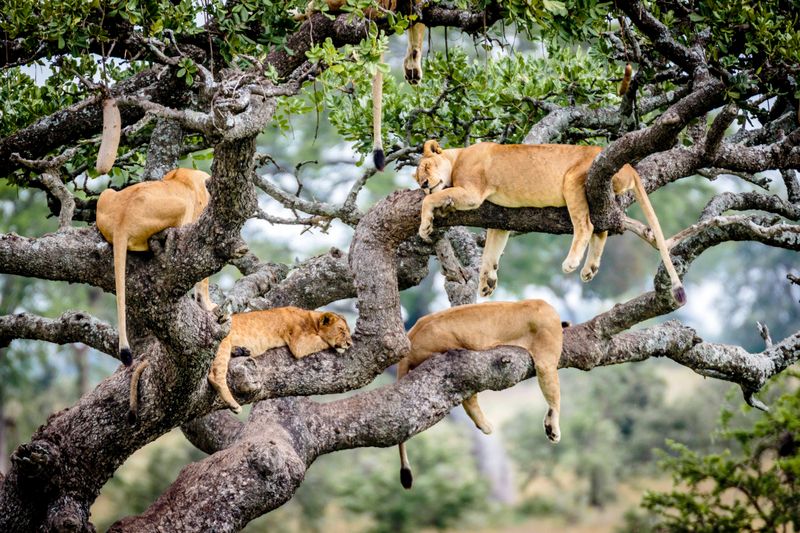
Lions, the kings of the jungle, indulge in group naps, often sprawling across each other. This bonding time strengthens social ties while providing warmth and protection. Their majestic poses during naps reflect a life of dominance and community, where even rest is a shared royal affair.
7. Frog
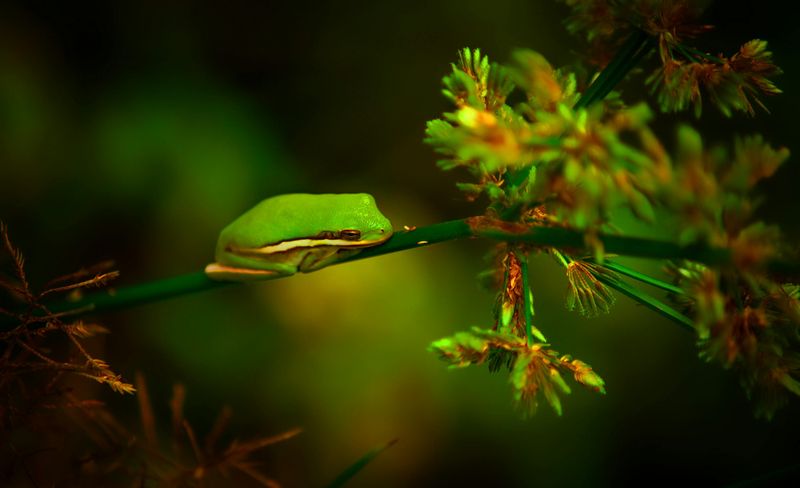
In the world of frogs, sleep often means blending in seamlessly with their environment. Tree frogs, for example, nap by tucking in their limbs and mimicking leaves or branches. Their ability to camouflage while sleeping is both a defense mechanism and a testament to their adaptability in the wild.
8. Koala

Koalas are the epitome of lazy charm, spending most of their day snoozing while hugging tree trunks. This position provides stability and comfort, allowing them to conserve energy for their eucalyptus-heavy diet. Their tranquil napping habits reflect a life perfectly adapted to a slow and steady lifestyle.
9. Penguin
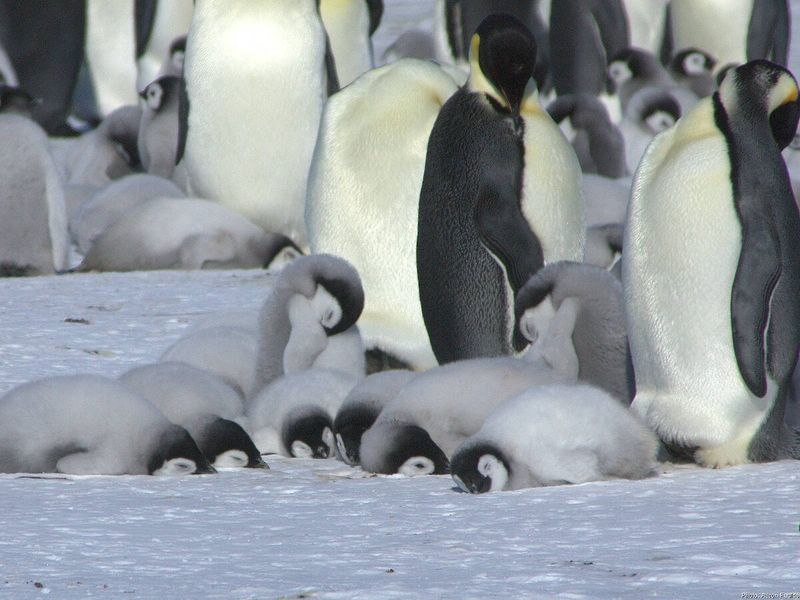
In the frigid Antarctic, emperor penguins huddle for warmth while sleeping standing up. This collective nap strategy helps them endure harsh climates, conserving body heat. Their sleep is a community effort, where survival and comfort are a shared responsibility, turning rest into an act of unity.
10. Elephant
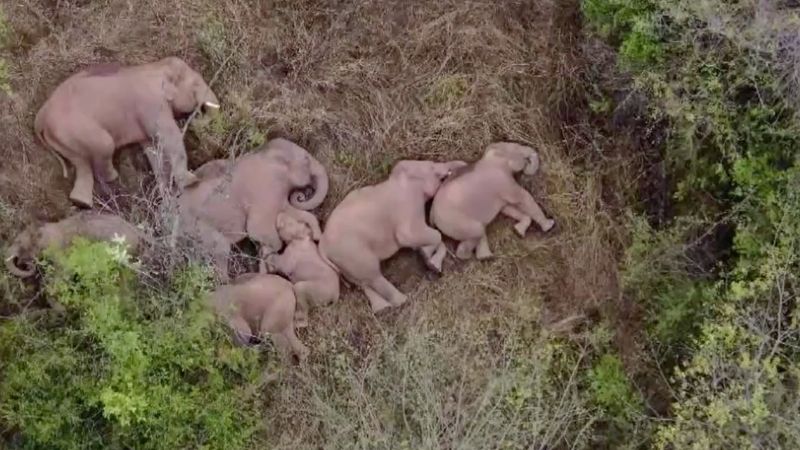
Although elephants can sleep standing up, they occasionally lie down for a deeper slumber. This rare position is a sign of trust and security within the herd. While their massive bodies rest, they remain ever-alert to the whispers of the wild, blending rest with readiness.
11. Sloth
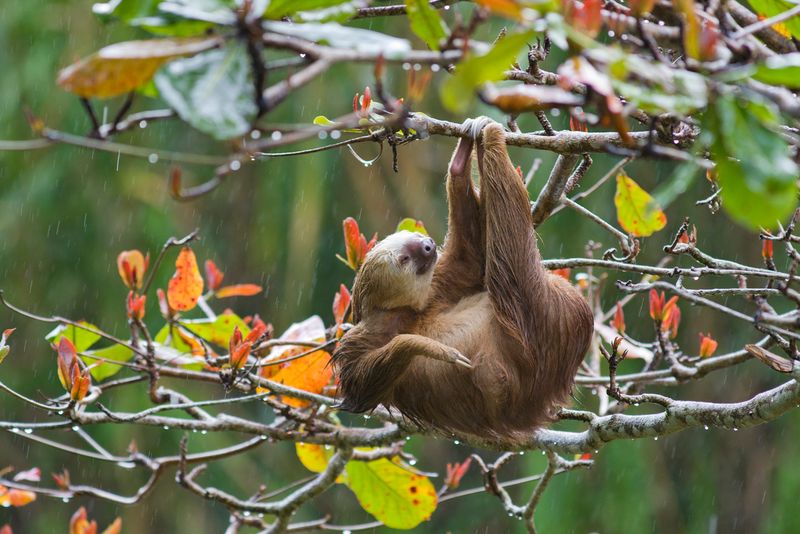
Sloths, the masters of slow living, sleep upside down, hanging from branches. This leisurely position is possible due to their strong claws, allowing them to sleep securely. Their unhurried lifestyle extends to their sleep habits, making them the champions of laid-back rest in the animal kingdom.
12. Dog

Ever seen a dog sleeping belly-up, paws adorably flopped in the air? This carefree position indicates trust and relaxation, a dog’s way of saying “all’s well.” It’s a playful approach to sleep, revealing a life of comfort and contentment, where dreaming of chasing tails is a nightly affair.
13. Dolphin

Dolphins engage in unihemispheric sleep, where one half of their brain rests while the other remains alert. This fascinating sleep pattern allows them to surface for air and stay vigilant against predators.
Their semi-awake slumber is a testament to their intelligence and adaptability in the ocean’s vastness.
14. Cat
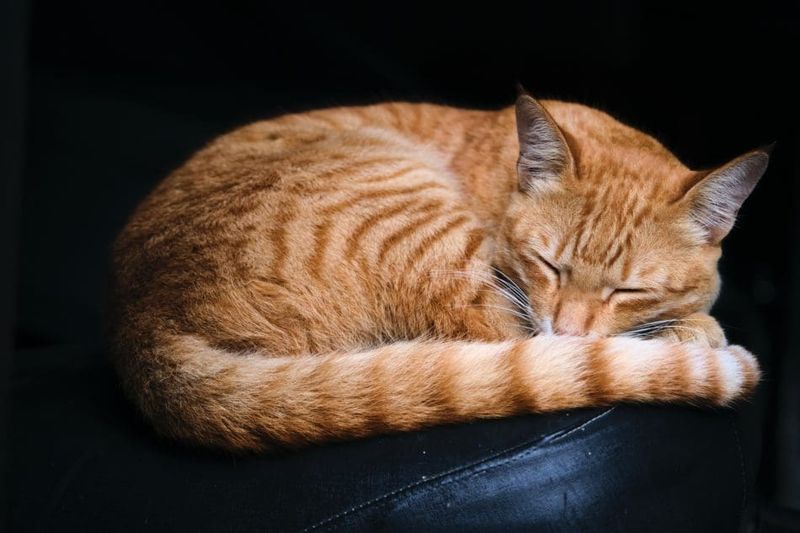
Cats curl up into tight balls, often wrapping their tails around them, creating a perfect circle of fur. This position conserves warmth and provides a sense of security. It’s a classic feline sleep style, blending agility with relaxation, where dreams of chasing laser pointers unfold in quiet corners.
15. Flamingo
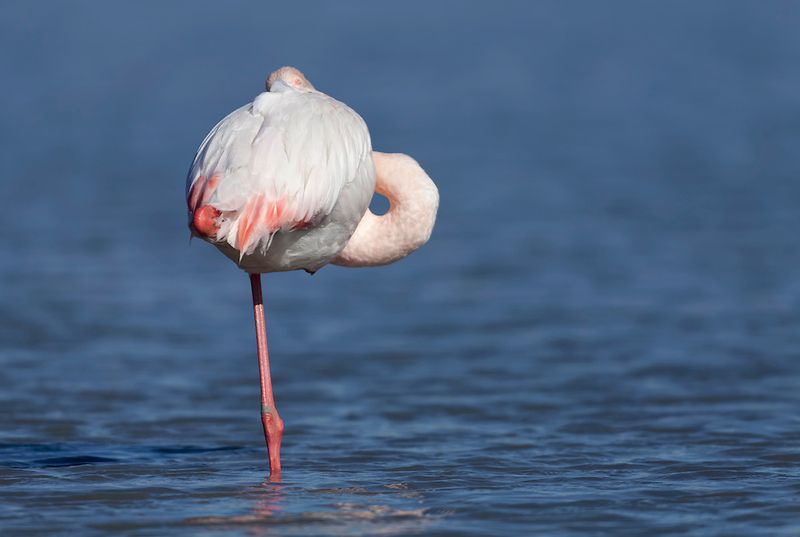
Flamingos are a vision of balance, often sleeping standing on one leg with heads tucked under their wings. This position helps regulate body temperature and conserve energy. Their iconic sleep stance is a beautiful blend of grace and practicality, turning naptime into an artful display.
16. Turtle

Sea turtles find tranquility by resting on coral reefs, their shells blending with the ocean floor. This peaceful position offers them safety from predators while they sleep. Their serene underwater naps reflect a life adapted to the rhythm of the tides, where rest is as gentle as the waves.
17. Rabbit
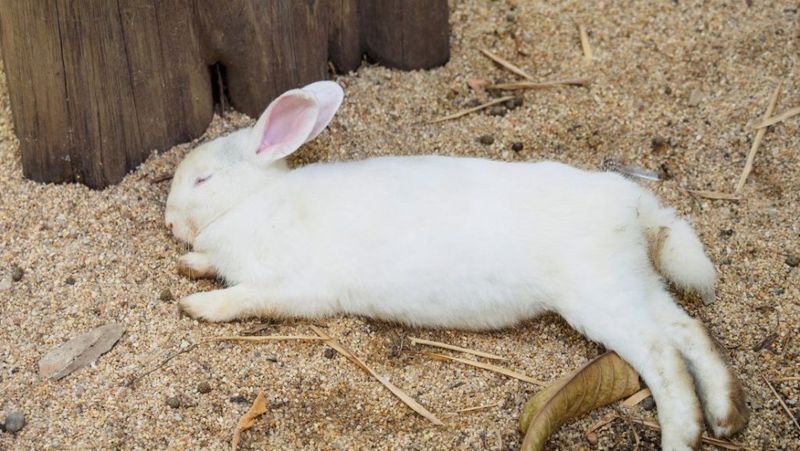
When a rabbit sprawls out, lying on its side with ears relaxed, it’s a sign of deep relaxation and safety. This vulnerable position indicates trust in its environment. While rabbits are often on high alert, their tranquil moments of rest reveal a life balanced between vigilance and peace.

